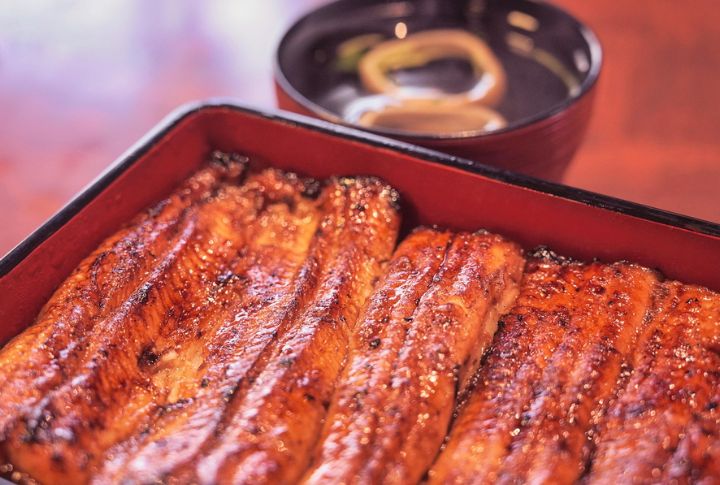
Before takeout apps and frozen pizza, folks got creative with whatever they had. These meals weren’t trends—they were traditions, born from culture and what was growing nearby. Some might sound odd now, but they were once as common as toast. So, let’s take a look at ten forgotten foods that had serious staying power back in the day.
Rice And Raisin Casserole
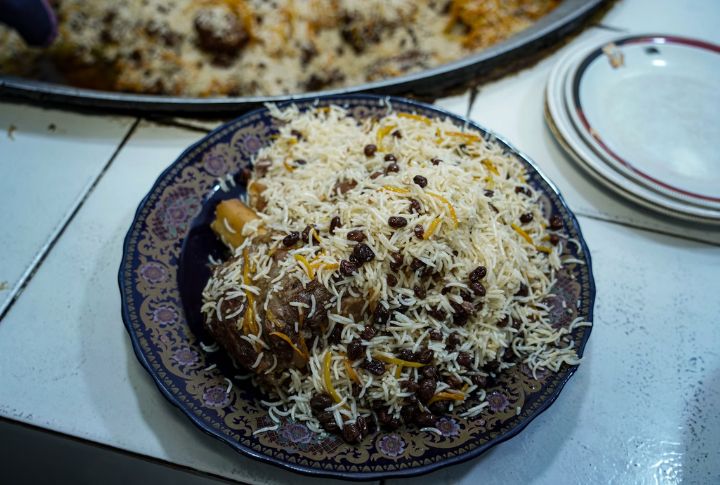
A budget dessert that stretched pantry staples, this simple dish of boiled rice, raisins, sugar, and cinnamon was a sweet treat during wartime rationing. Often baked with a splash of milk or egg custard, it’s been largely overshadowed by more modern desserts—despite its humble charm.
Faux Turtle Broth
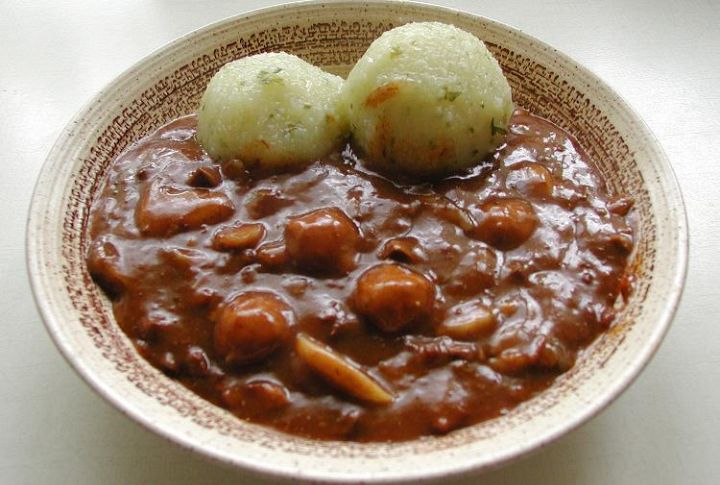
A budget dessert that stretched pantry staples, this simple dish of boiled rice, raisins, sugar, and cinnamon was a sweet treat during wartime rationing. Often baked with a splash of milk or egg custard, it’s been largely overshadowed by more modern desserts—despite its humble charm.
Pork Fat Pastry
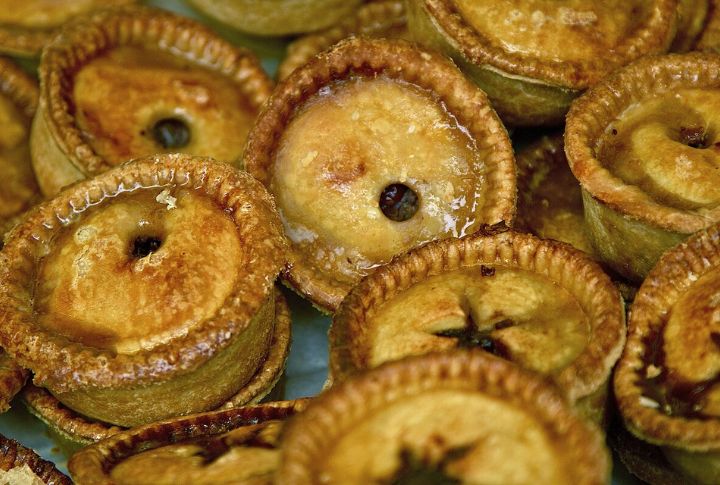
Imagine a croissant—only denser, more prosperous, and dripping with lard. That’s pork fat pastry, a cherished English baked good made using rendered pig fat. Once an energy-boosting essential for the working class, it has dwindled in an era where healthier alternatives dominate the baking scene.
Hominy Grits With Molasses

Long before sugary cereals, a bowl of hominy grits sweetened with molasses was a breakfast staple across the American South. It was cheap and easy to prepare. While savory grits survived the test of time, this sweet variation is now rarely served outside of historical reenactments or food heritage events.
Tart Pantry Pie
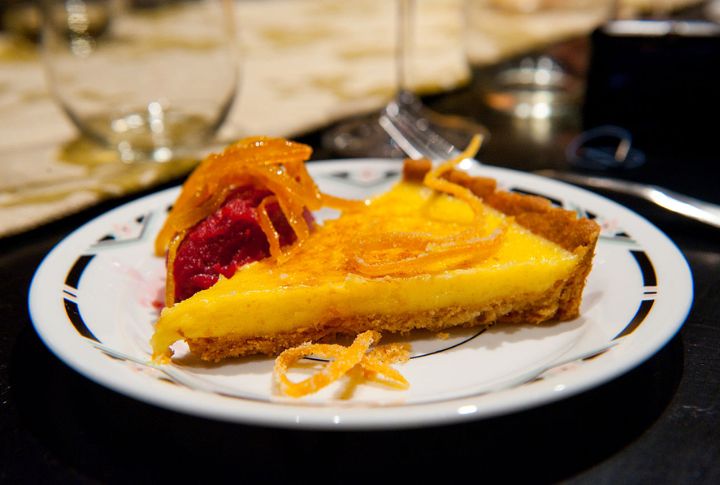
Who needs lemons when you have vinegar? That was the idea behind this mid-19th-century dessert, in which acidic vinegar replaced citrus in a custard-like filling. Surprisingly flavorful and cost-effective, it held its place for decades. But with lemon pies now widely available, this frugal treat became a relic.
Brined Eel Bites
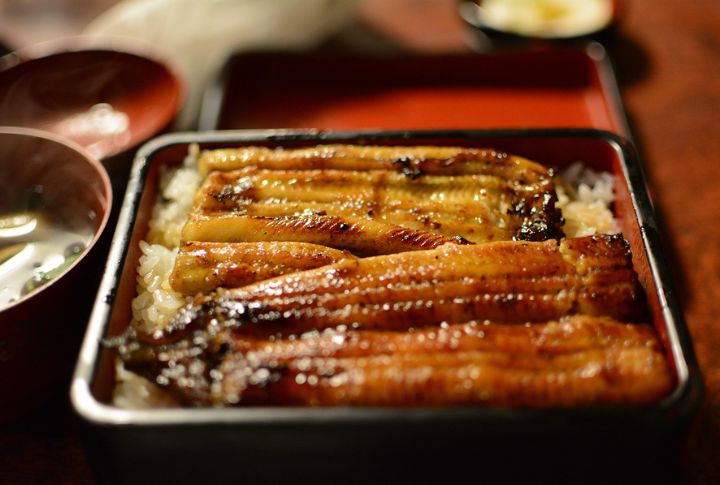
London’s East End once thrived on jellied or stewed eel bites because they were affordable, nutritious, and simple to prepare. Vendors served them swimming in a naturally thickened broth. But as refrigeration advanced and eel numbers dwindled, this local staple slid from daily menus to an old-fashioned curiosity.
Diamondback Soup

In the 19th century, diamondback soup was a high-society delicacy favored by America’s elite. Made using diamondback terrapins, butter, along with sherry, it carried an extravagant price tag. Due to excessive harvesting and protective regulations, you’re now more likely to see these turtles in sanctuaries than in soup bowls.
Oak Nut Loaf
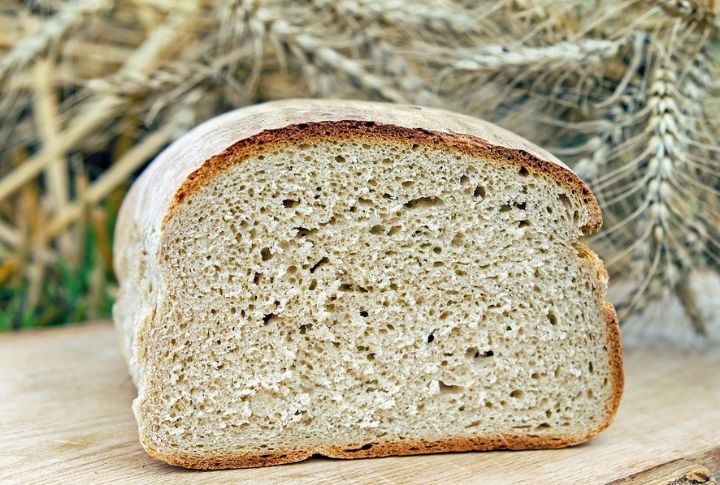
Before wheat dominated pantries, acorns were an essential ingredient in many diets. Indigenous groups soaked and milled them into flour, crafting a hearty loaf. Earthy and nutritious, it sustained people for generations. But when mass-produced grains took over, acorn-based bread disappeared, except for foragers keeping traditions alive.
Squirrel Ragout
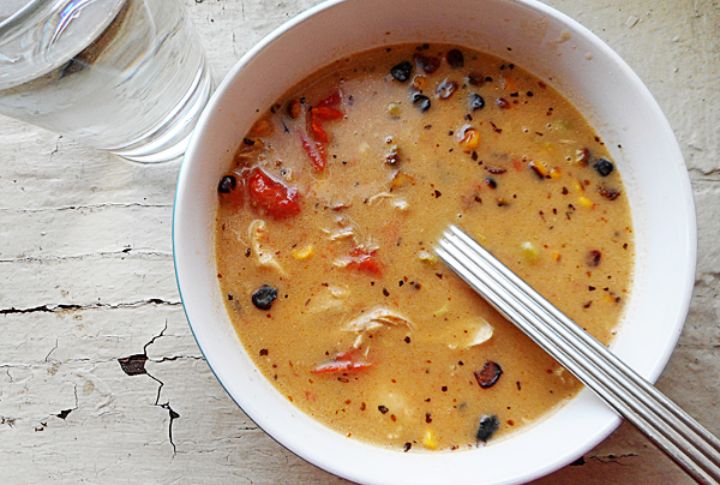
Yes, people regularly dined on squirrels. Before grocery stores made protein easily accessible, these tiny critters were a practical source of nourishment. Squirrel ragout gained popularity during the Great Depression when hunting was essential for sustenance. Though still found in Appalachian kitchens, it’s far from mainstream fare today.
Calf’s Foot Aspic
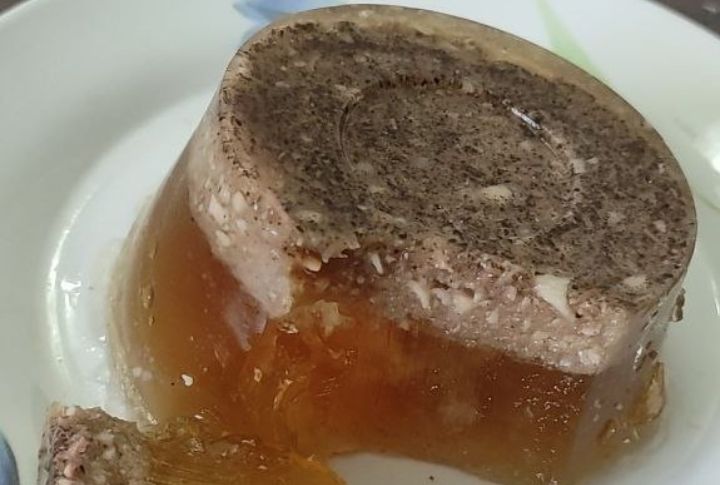
A jiggly, savory gelatin might not sound appetizing now, but in the 19th century, it was practically considered a health elixir. Packed with collagen and believed to aid recovery, this congealed creation appeared in cookbooks everywhere. While meat jelly turns stomachs today, it was once a household must-have.
Leave a comment